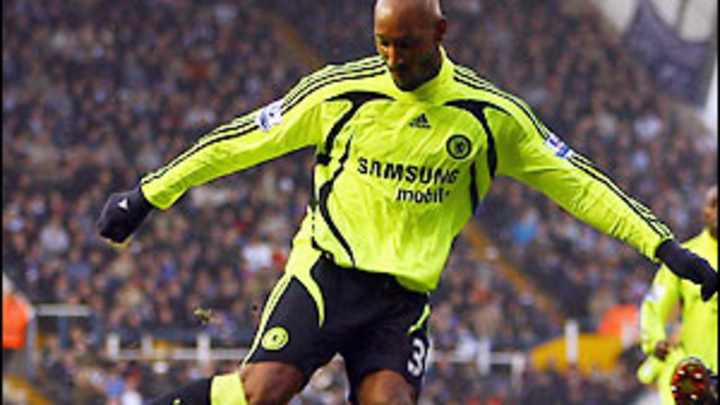Open and shut

Only in England, where Premier League clubs have again spent a record $200 million and counting, compared to $126 million last year and $174 million in 2006, has the transfer window been a significant event.
Chelsea, inevitably, has led the way with the $29 million purchase of Nicolas Anelka from Bolton, Serbian defender Branislav Ivanovic from Lokomotiv Moscow for $16 million and Argentine teenager Franco di Santo for around $7 million.
Though Chelsea has been responsible for nearly a third of the total spending by English clubs, almost all EPL teams have been active in the market. Relegation-threatened Fulham was just one of a number of clubs spending heavily in a bid to avoid the drop. Middlesbrough was prepared to pay $22 million for Heerenveen's Brazilian striker, Alfonso Alves, having accepted $16 million from Tottenham for Jonathan Woodgate.
In sharp contrast, little money has changed in Spain, Italy or elsewhere in Europe. Aside from crisis club Valencia, which paid $27 million for Boca Juniors midfielder Éver Banega, La Liga clubs hardly registered any activity. Barcelona took José Manuel Pinto on loan from Celta Vigo as a replacement for injured reserve keeper Albert Jorquera, but that has been the extent of their dealings.
In Italy, Juventus spent $16 million to bring Momo Sissoko's disappointing spell at Liverpool to a close, while Cristiano Lucarelli's ambitious but flawed move to Shakhtar Donetsk ended with a $5 million move to Parma. But those were the biggest deals involving Serie A clubs.
Defending champion and league leader Inter Milan restricted its activity to taking Portugal midfielder Maniche on loan from Atlético Madrid. That was despite a catalogue of injuries to key players that in previous years would have prompted an expensive foray into the transfer market.
City rival AC Milan, meanwhile, was content to unleash Brazilian teenager Alexandre Pato, signed from Internacional last summer but only now eligible to play, having recently turned 18.
Indeed, of the 16 clubs preparing to take part in the Champions League knockout stages, only a handful completed significant transfers. Celtic, for example, signed Andreas Hinkel from Sevilla, but ironically, he is cup-tied, having earlier appeared in the competition's group stages.
Outside of England, the biggest deals have once again been for South American players, though so far there have been very major deals. After Banega, the biggest non-English deal has been Bayern Munich's signing of Brazilian teenager Breno. Bayern refused to disclose the fee it paid São Paulo for the highly rated defender, but it was reported by German media at around $16 million.
By and large, the transfer window has done its job, which is to bring a degree a stability to the European season by preventing the richest clubs from cherry-picking the best players from smaller clubs when they fancy it.
Only in England, where there is clutch of new owner/investors flush with TV money and keen to spend it, are things different. The transfer window has not acted as a pressure valve to allow clubs to make short-term signings to cover injuries. Instead, it has prompted panic-buying by clubs desperate to stay aboard the gravy train.
Gavin Hamilton is the editor in chief ofWorld Soccer Magazine. He contributes to SI.com on alternate Tuesdays.
